6 Components of a Successful Greenhouse
Growing your own food gives new meaning to the concept of “homemade meals.” Nothing tastes as fresh and nutritious as those fruits, vegetables, and herbs you’ve harvested yourself. Plus, you get to savor the satisfaction that comes from saving money while reducing your reliance on the grocery store. Ready to begin? Here are six important factors to consider before you invest in a greenhouse.
1. Attached vs. freestanding structure
Greenhouses may either be joined to your home or stand alone as a separate building on your property. Each option offers its own benefits. Should you choose to attach your greenhouse to your home, the alternative energy and heating sources you’re already using may be enough to keep it at the optimum temperature without requiring an additional supply. In turn, the greenhouse itself may provide additional warmth for your house during the day via passive solar heating. Another benefit of having this glorified garden close by? You don’t need to travel far to gather your bounty.
Conversely, freestanding greenhouses allow you to place them wherever is most convenient and beneficial. When plotting where you’ll plant your greenhouse, look for flat ground and select an area that receives at least six hours of sunshine. This is key, especially during the winter. Also consider your access to water and adequate drainage.
2. Window glazing
Window glazing is crucial as it provides the necessary covering around your greenhouse frame and lets in light and heat while keeping the elements outside where they belong. Glass is best, but also the most pricey. Plastic sheeting is inexpensive but doesn’t withstand the tests of time nor weather. Polycarbonate proves a good option as it cos ts less than glass yet does a great job of retaining heat and transmitting light. Additionally, it works well on both bent and flat surfaces.
3. Insulation
Ensuring that your greenhouse remains warm during the chilly winter months can prove challenging depending on your climate, particularly if you don’t want to use electricity to maintain adequate temperature levels. If you live in a region with harsh winters, you may need a thermal blanket to cover your greenhouse if temperatures dip too far below freezing. TekFoil Clear Bubble Insulation protects your plants and is compatible with all types of glazing. Used inside your greenhouse, it will last for approximately four years.
4. Ventilation
Keeping air circulating is paramount to the success of your greenhouse. Without proper air flow, plants won’t receive the carbon dioxide they need to photosynthesize. Plus, stagnant air can prove a breeding ground for pest problems. Additionally, too much hot air will cause plants to shrivel and die. Consider adding an oscillating fan, which works well to ensure air is moving within your greenhouse. Roof vents help hot air escape and connecting a solar vent opener, which will open and close automatically when necessary, offers peace of mind as you don’t have to worry about regulating that temperature all on your own.
5. Irrigation
Options abound when it comes to keep your plants hydrated. Can you get by with a watering can or will you need sprinklers, a mister, or a drip irrigation system? The perennially popular drip tape system allows you to water your crops simultaneously with minimal effort. High-quality polyethylene tubing with emission outlets built in every 12″ is nestled within rows of plants to water them on your timetable .
6. Tools of the trade
The right tools will help you grow a bumper crop right in your greenhouse. Depending on the size of your greenhouse, you can dedicate a corner or tool rack to storing your accessories or you may want to keep them in a separate but nearby potting shed. Items you’ll want to have on hand include: a potting table, pots, soil, fertilizer, a compact pruner, a trowel, a harvest basket, trellis and twine.
Good luck and happy harvesting!


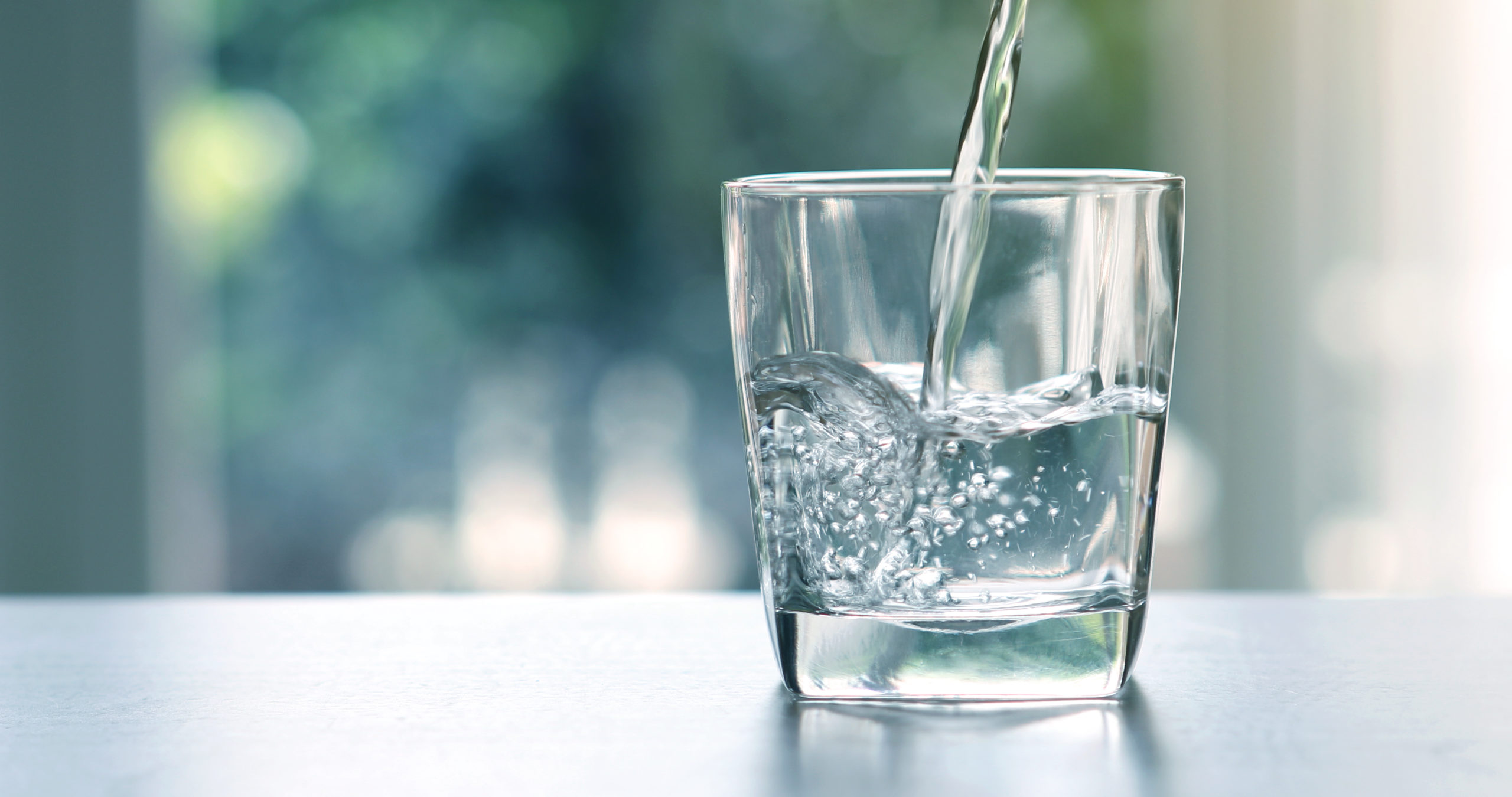
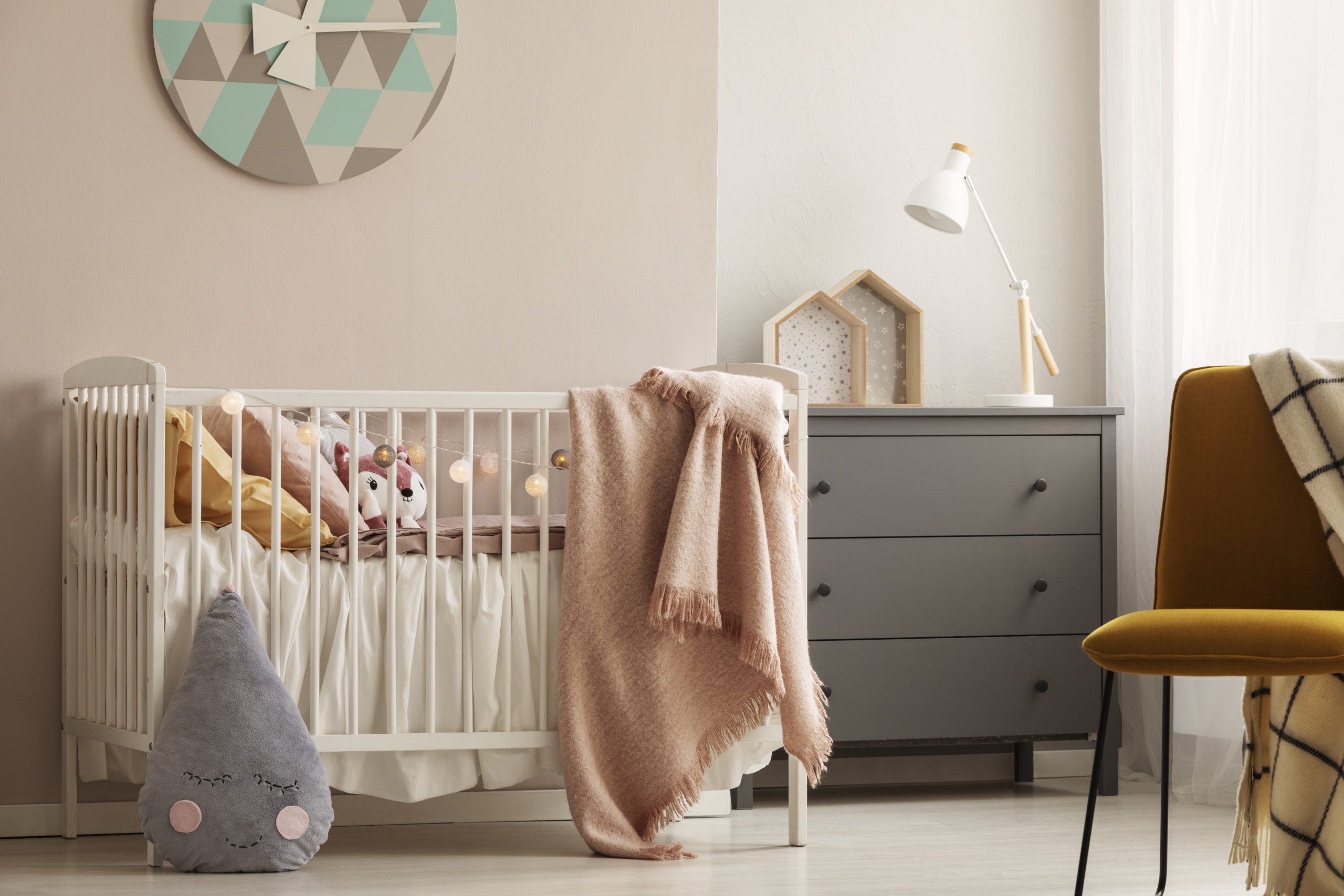
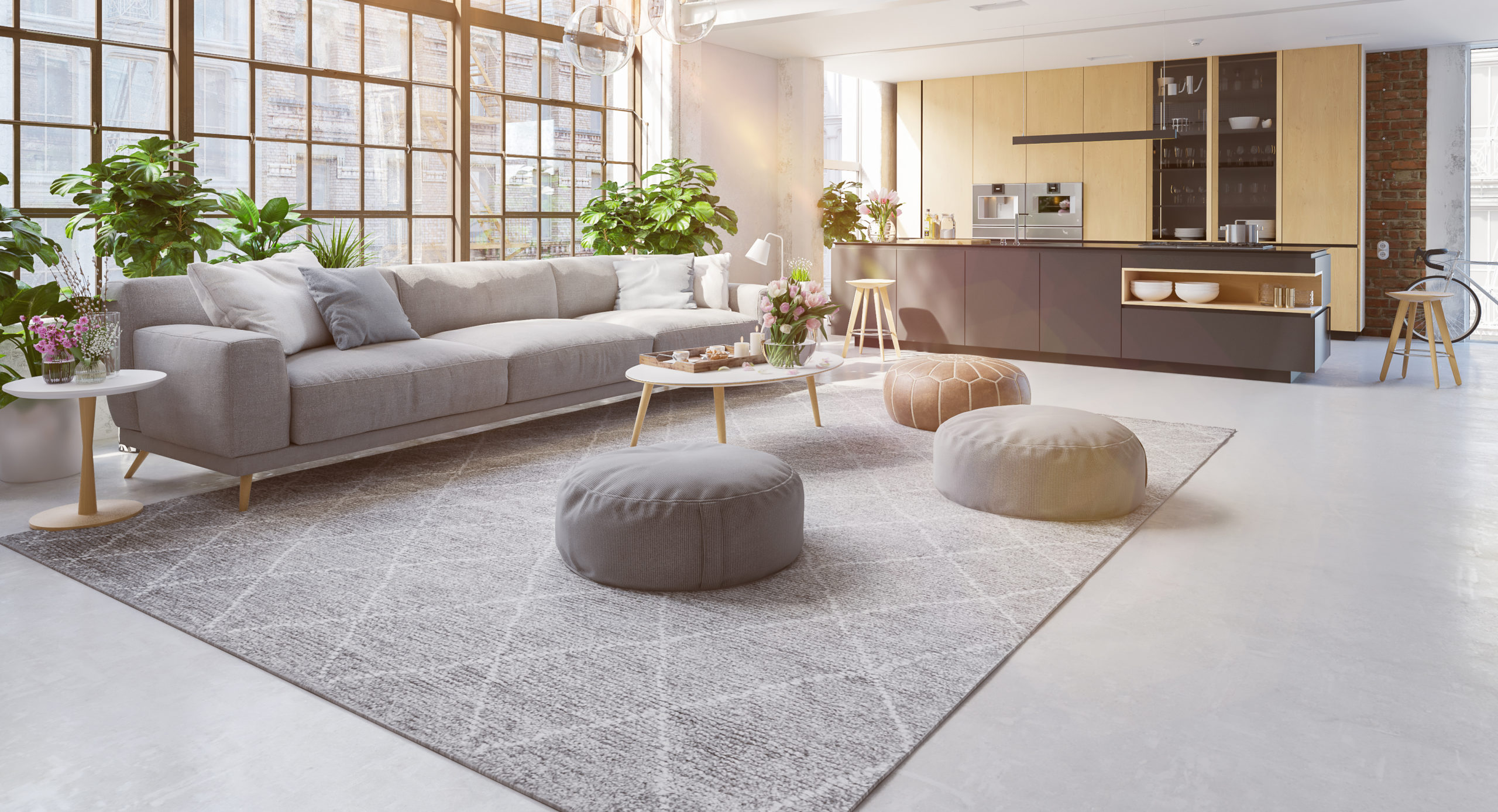
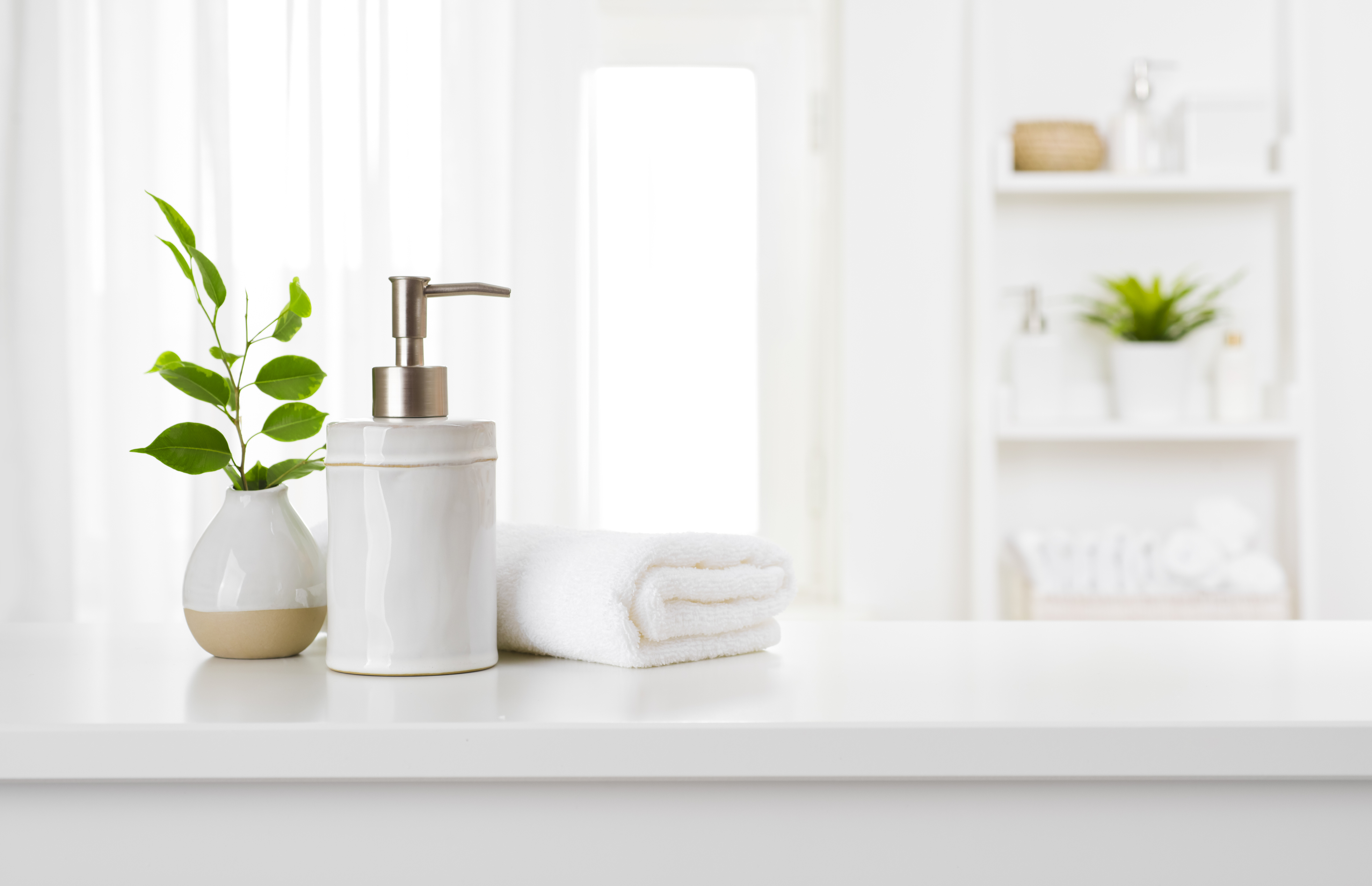
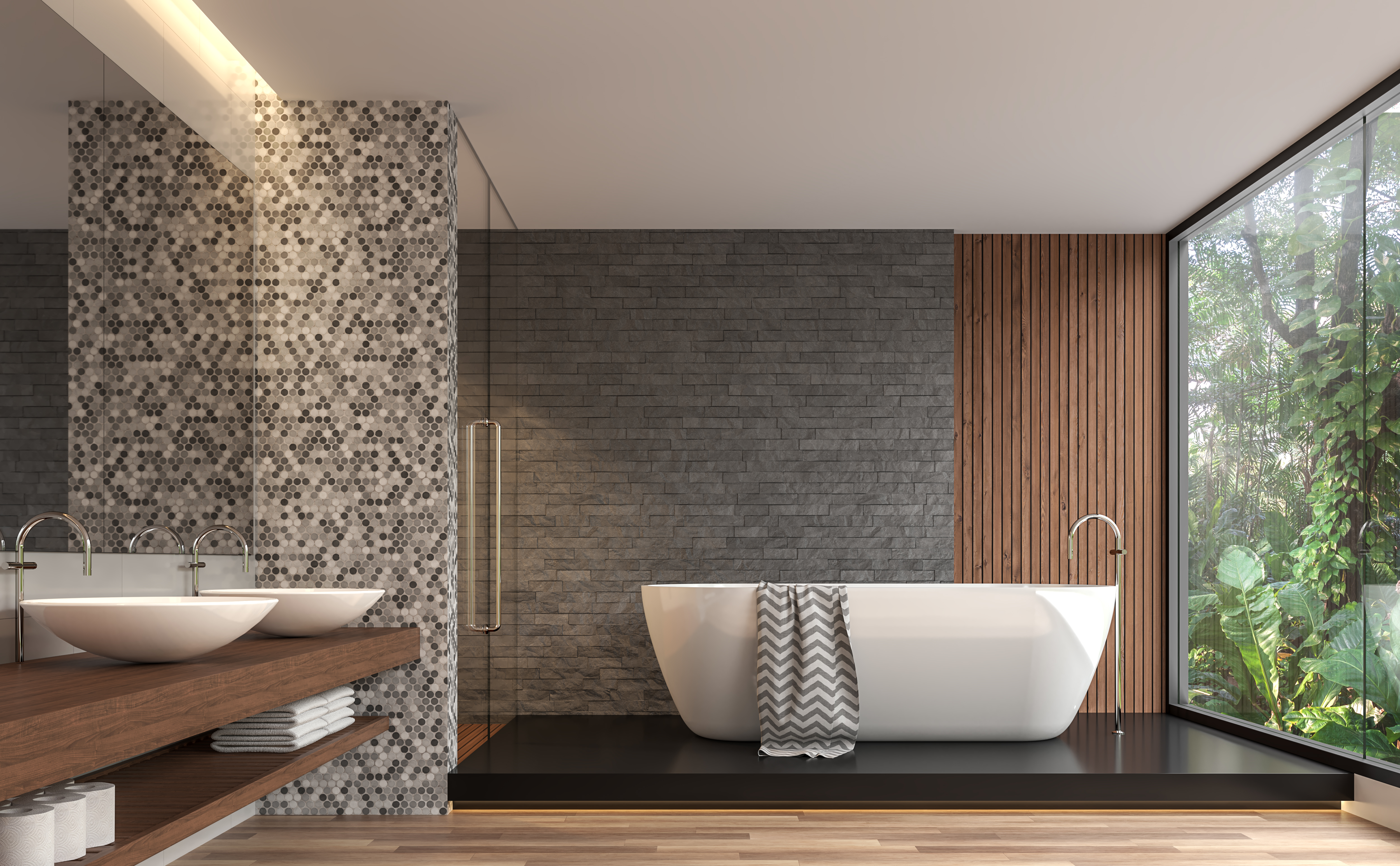
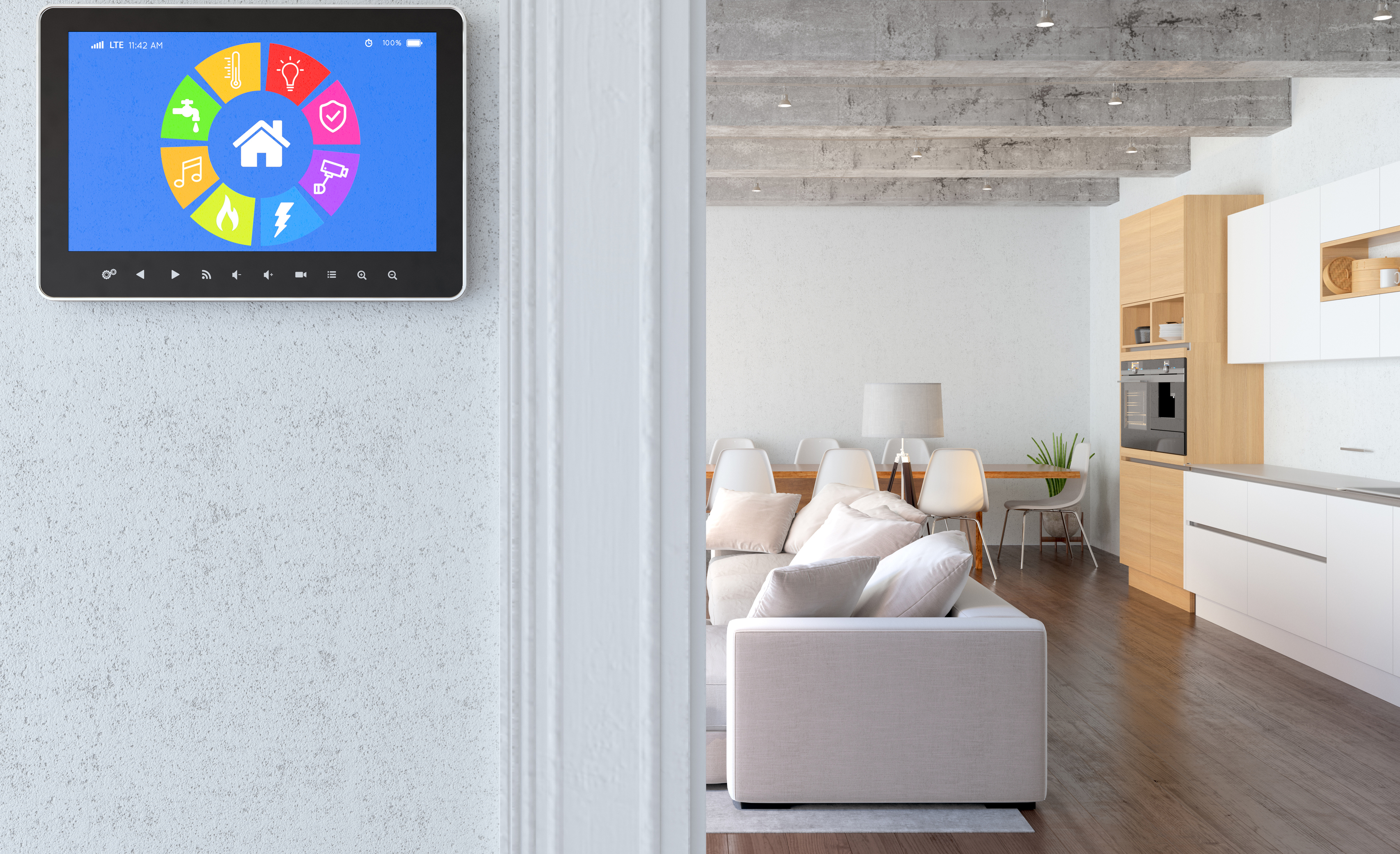
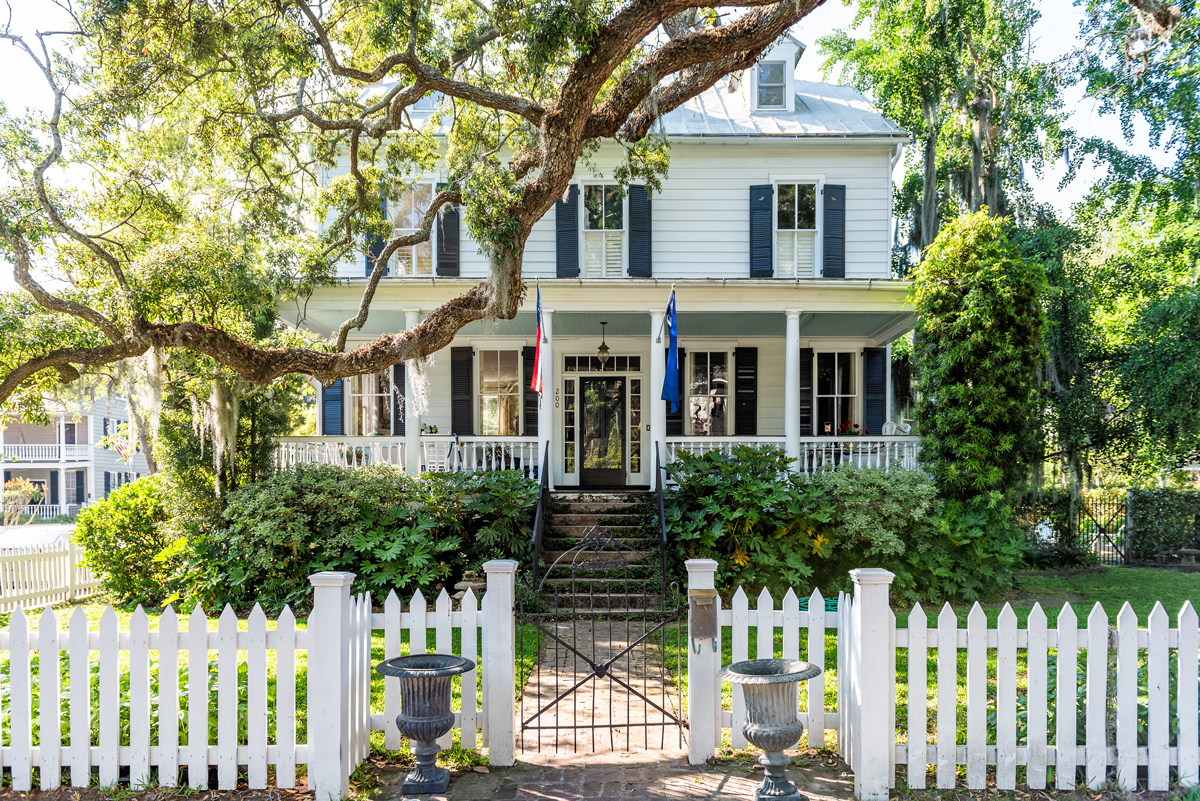
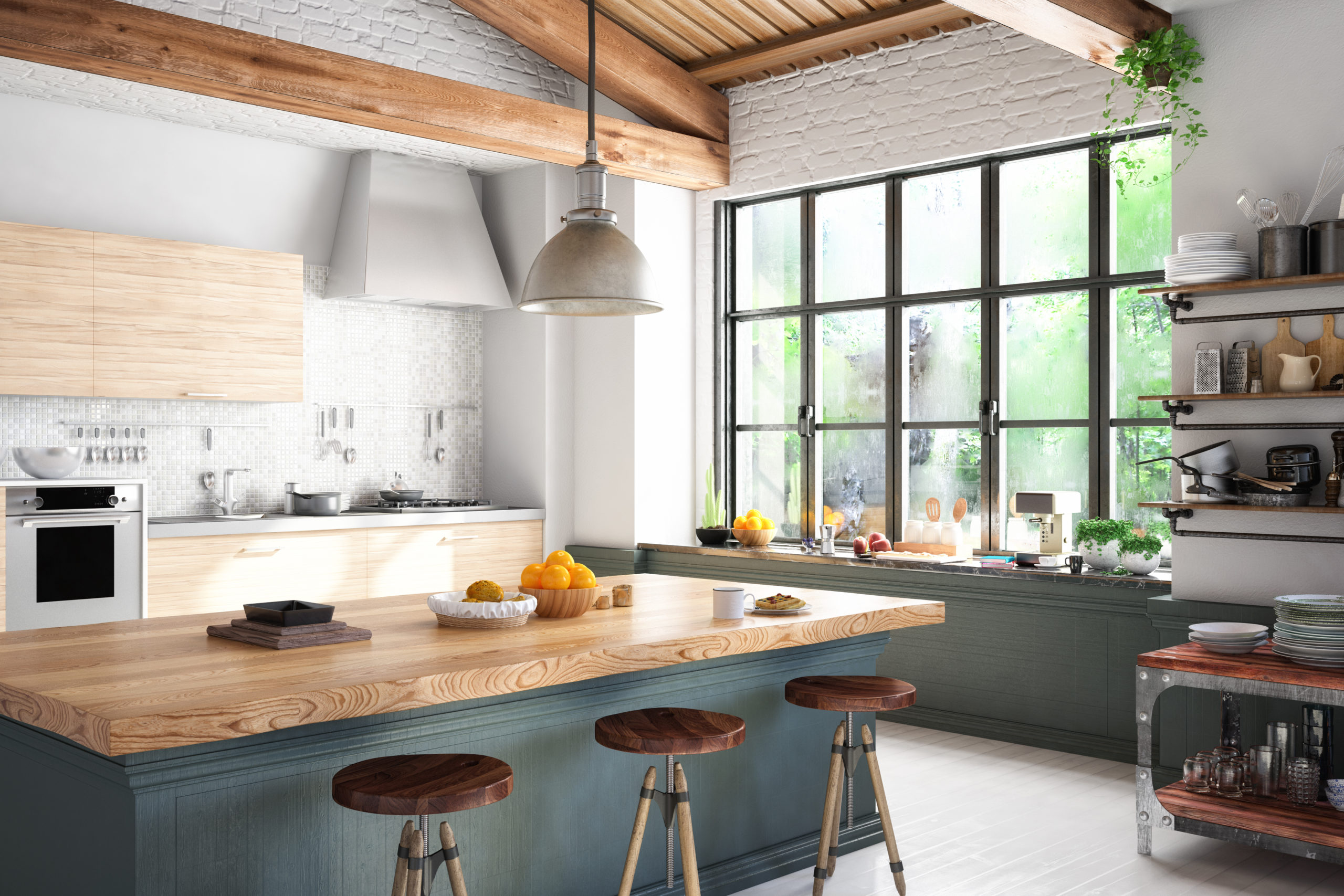
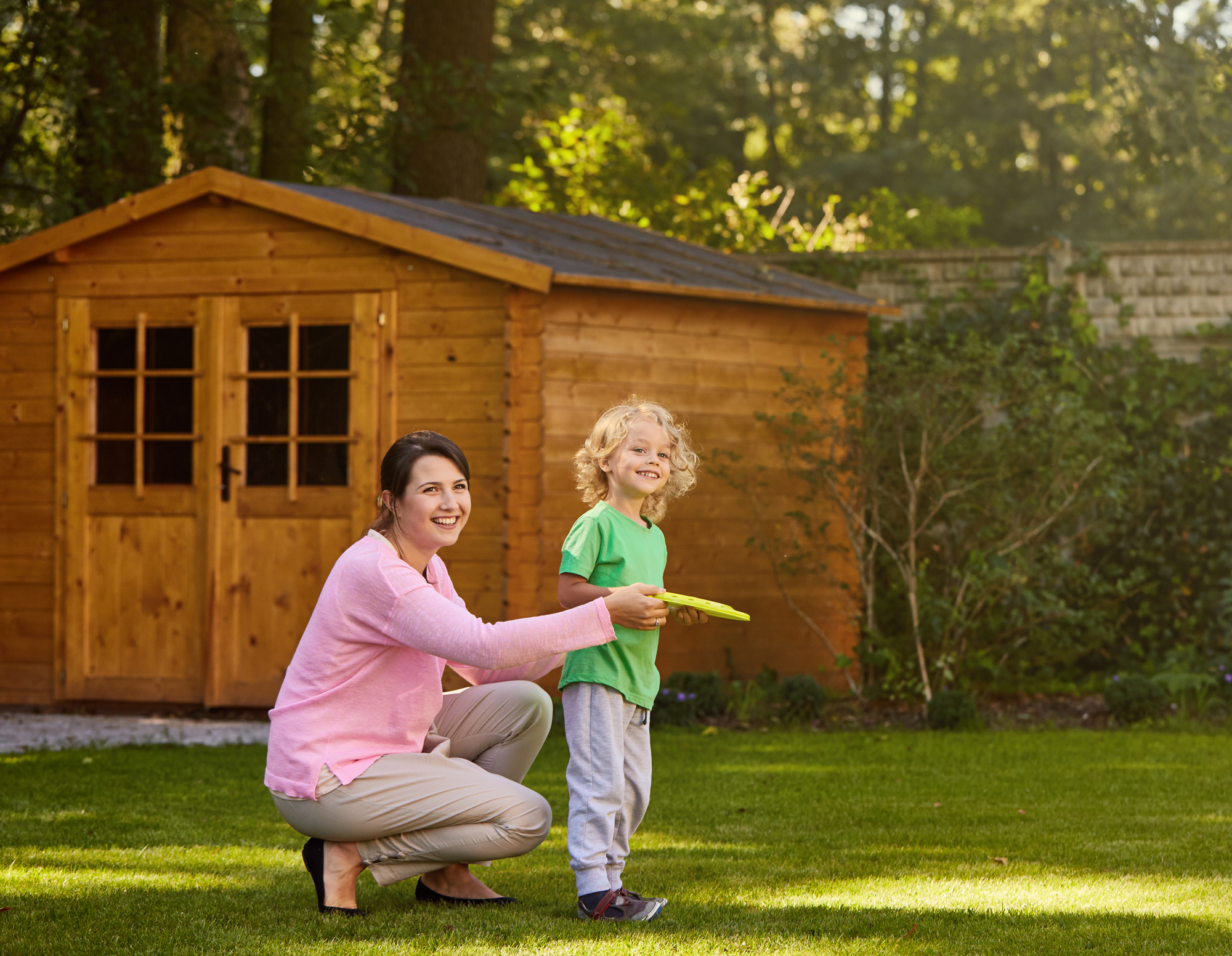
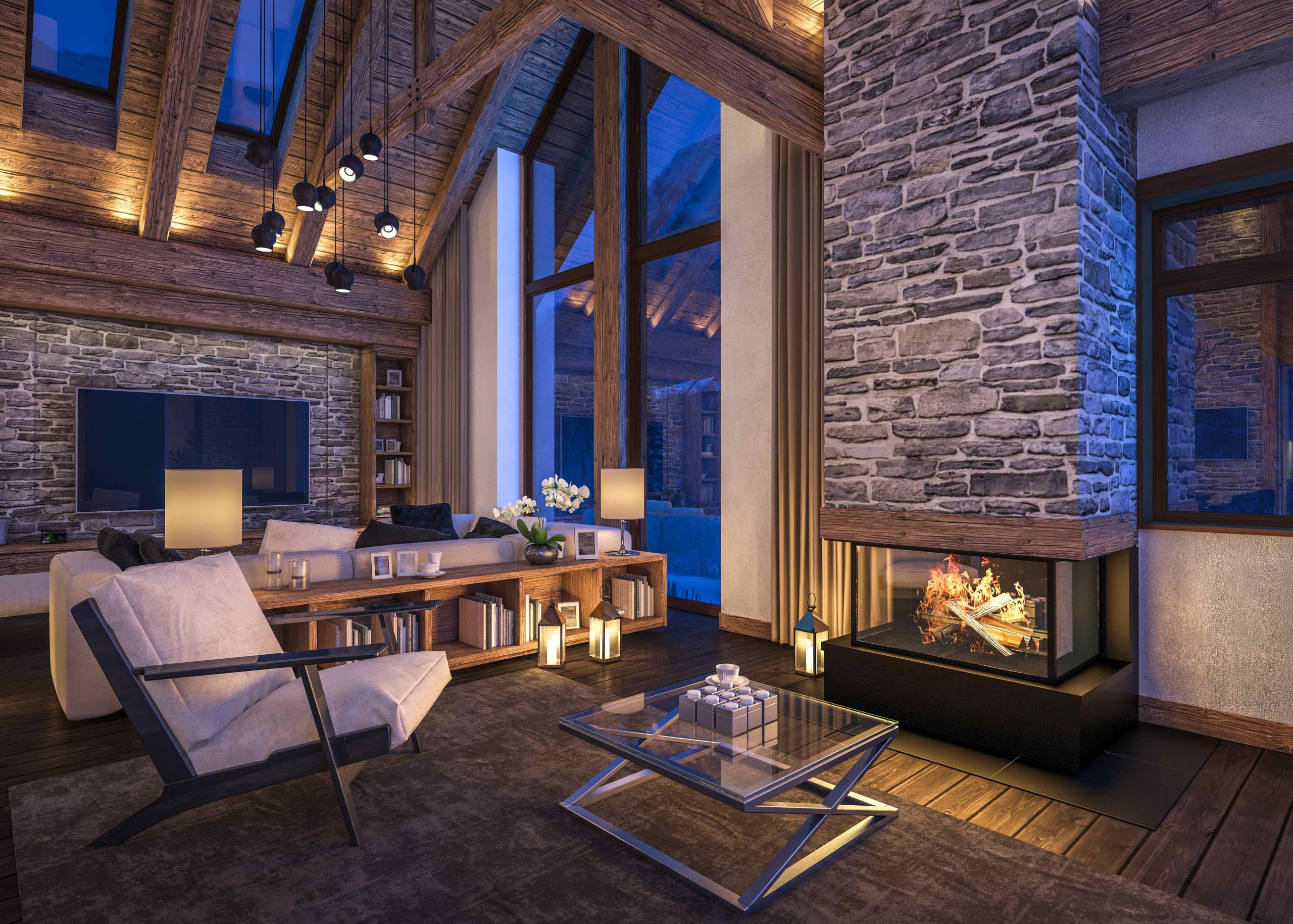



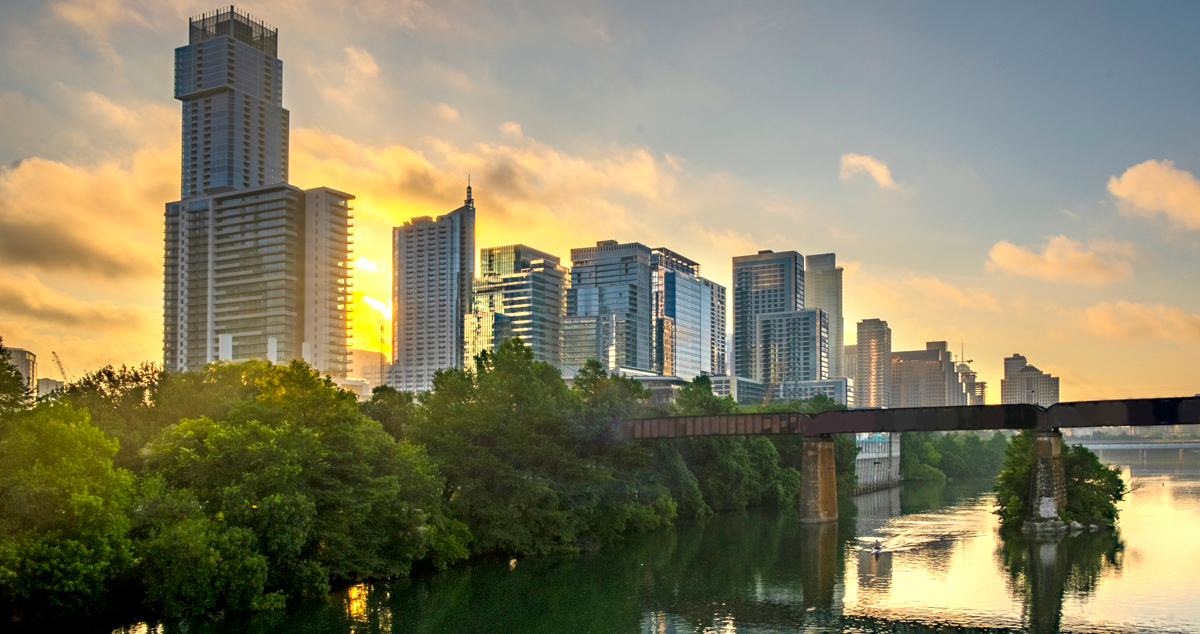

Share this article with your network!